There’s no shortage of video doorbells to choose from today. The market is full of options from Ring, Nest, August, and dozens of others. About a year ago I published a review of the Ring Video Doorbell 2, which I’ll include a link in the description if you’d like to see that one. With all of the options available, it really comes down to what features are important to you and price.
And as far as features go, how does no subscription fee sound to you? Today, I’m going to be taking a look at the Eufy Video Doorbell and if it’s worthy of consideration.
The reason I went with the Ring Video Doorbell 2 a year and a half ago, and probably the most critical part of deciding which doorbell is right for you: power. It was the best option that didn’t require existing doorbell wiring. Most video doorbells on the market require between 16V-24V of power, but the Ring Video Doorbell 2 has an onboard battery that gives you between 5-6 months of power before needing to be recharged. I’d still recommend it as an option for folks without existing wiring, but if you have power available, there are better options today.
And that leads me straight into the Eufy Video Doorbell. I’d like to thank Eufy for sending me the doorbell to check out. And just like with my EufyCam E security camera review, there were no strings attached, so my opinions are my own … no holds barred.
A few basic specs worth calling out are that the doorbell is IP65 rated for outdoor weather and has operating temperatures between -4 ° and 122 ° degrees Fahrenheit or -20 ° and 50 ° Celsius. You’ll also need to have 2.4GHz WiFi available.
When it comes to power, the Eufy Video Doorbell requires between 16V-24V. So how did I power it if I don’t have doorbell wiring? I ended up buying a 24V power supply and wire for under $20 that was designed specifically for people in my situation. You plug it into an outlet inside the house close to the door, and then fish the line as best you can to the outside. In my case, I was able to drill a small hole through a closet wall to the outside to place the doorbell in the location I wanted. And yes, that’s a cat toy sticking through my wall. I used that to fish the wire through the hole.
If you do have existing doorbell wiring, but aren’t sure of the voltage, you can usually find the voltage printed on the doorbell transformer if you can find it. Or you can pick up an affordable multimeter from a hardware store and test the line.
Out of the box, Eufy provides a wireless door chime that you can drop into any outlet, plus mounting plate, screws, extension cables, and an angled wall plate in case you need to adjust the angle of the camera.
Installing the doorbell is very straightforward. You attach the mounting plate to the wall around the wire, screw down the wires to the terminals on the back of the doorbell, and then snap into place on the mount. That’s it. And before anyone asks in the comments, I had a special mount 3D printed to fit over my vinyl siding. Otherwise it wouldn’t sit flat. I’ll include a link in the description to the Etsy merchant I worked with to create it for me. It’s affordable and makes for a neat installation.
The app setup process was just as simple. After powering up the doorbell, you scan a QR code from the packaging (it’s also on the back of the doorbell), to authenticate and connect the doorbell to your WiFi. The first time user experience is really top notch just like setting up the EufyCam E. They have clear directions at each step and video tutorials to help as well. There’s a similar QR code scanning procedure for setting up the chime and then you’re essentially done.
Key features and performance
Probably the most important aspect of a video doorbell is … well … the video camera. And this is one area the Eufy Video Doorbell comes out swinging against the competition. Most of the best selling video doorbells on the market have camera resolutions around 720P to 1080P. The top of the line Ring Doorbell Pro takes 1080P video and so does my Ring Video Doorbell 2. One downside of that type of resolution is the wide 16×9 aspect ratio. It’s using a lot of that resolution on a wider image instead of using it on more height. That’s why some video doorbells have gone with the 4:3 ratio, like the August Doorbell Cam at 1280×960 or the Nest Doorbell’s very high resolution of 1600×1200.
Well, the Eufy Video Doorbell crushes all of those doorbells with a 2K, 4:3 resolution at 2560×1920. To put all of that into context, the 1080P and Nest cameras have a little over 2x more pixels than the 720P cameras. And the Eufy has a little over 2x more than the 1080P cameras. At it’s highest settings the Eufy video quality is crisp and easy to make out faces from a good distance away. The video tends to blow out the brightest sections of the video, but that’s because the camera is adjusting to the lower light levels closer to the camera in my setup. It’s doing the right thing to ensure that faces are properly exposed at the expense of the sky being blown out. If you turn on the HDR feature, then details come back to those blown out locations, but you’ll notice that the colors get a little more muted. I’ve found leaving the HDR feature off to be better for my use case.
The Eufy also has a built in microphone and speaker, like pretty much every other video doorbell on the market. So you can hear and talk to people at your front door. One feature I think is pretty handy is the quick response feature. When you’re viewing a live feed, you just tap the little speech balloon icon, make your choice, and it plays the recording. There are a few pre-recorded messages that say things like, “Excuse me, can I help you” or “Please leave it at the door.” You can also record your own. Another nice feature is being able to save out screenshots in real time, as well as activating a recording.
The motion detection is also top notch. My Ring Video Doorbell 2 can be hit or miss with triggering a recording, which is mainly due to its reliance on low-power infrared sensors to detect movement. The Ring Video Doorbell Pro and Nest Doorbell are using more advanced methods like using the camera itself. It compares if there’s been a change in pixels and can also use machine learning to determine if it’s a person or face coming into view. This type of system is far more accurate and reduces false recordings and notifications. The Eufy is using this more advanced form of detection and it’s been working extremely well. You can configure the sensitivity of the system to dial in how frequently it will record and notify you. And if you’d rather not use the face detection at all, you can customize motion detection zones to narrow down the notification frequency. One thing I really appreciate about the face detection is the actual notification you get on your phone. If it’s available, it will include a cropped thumbnail image of the person’s face.
If you’ve been watching my channel for a while, you’ll have seen the trend that I’ve been moving my smart home to more locally-hosted options wherever I can. And the Eufy fits right in with that. It has 4GB of built-in memory to store about a week of videos, which means there’s no subscription fee and you maintain tighter control of your data. It also means that your video will still get recorded if your internet goes down or is spotty. But if power goes out, you’re out of luck as there’s no onboard battery backup. The downside to having the data stored directly in the doorbell is that if someone steals the doorbell, they’ve stolen all of the recordings as well. That’s not something I’m too concerned with, but Eufy does have an optional cloud service starting at $2.99 for their Eufy Security line of products if that’s something you’re looking for.
The doorbell in practice has been amazing so far. It’s only missed capturing a couple of recordings compared to my Ring missing dozens. And the false alarms have been nonexistent. The doorbell appears to be recording a non-stop video stream into a buffer because it captures 3 seconds of video before the actual triggered moment. On my Ring there are countless recordings of someone’s back as they’re leaving my front door because it didn’t trigger until they were already at the top of the stairs. With that 3 second buffer on the Eufy we’re getting better recordings of people walking up the walkway towards the door now … not just the side or back of their head. And the night vision mode works just as well as you’d expect.
The notifications are timely. I’ve been seeing the motion notifications pop up right around the moment the person actually reaches the front door. Doorbell press triggers a notification within a 1/2 second to 1 second on my phone, and the wireless chime inside the house goes off instantly. The only delays I’ve noticed are when talking with the push to talk feature.
Price and integrations
The Eufy Video Doorbell has some well executed features and specs, and it performs extremely well, but what does it cost? It comes in at $160, which makes it cheaper than the Ring Video Doorbell 2, Ring Video Doorbell Pro, Nest Doorbell, and August Doorbell (just some of the more popular options). Not only is it cheaper, but you’re getting one of the best video resolutions in its class, as well as some of the more advanced features like face and body detection. You can find cheaper cameras around $100 in price, but you often lose out on the resolution and advanced features with all of those cameras.
Where my big criticism comes in, much like my EufyCam E review, is around integrations. The only integrations available right now are with Amazon and Google. If you link up your Eufy Security account with something like Google Home, you can view live video feeds on any Google smart device with a screen, like a Google Nest Hub. While it works, it’s very slow to respond. It’s 5 seconds or more for the feed to get going, which at this point makes it useless in conjunction with responding to a doorbell ring.
There’s no IFTTT support or integrations into platforms like Smartthings, Hubitat, or Home Assistant, which greatly limits some of the benefits of Eufy compared to other systems that do. For instance, with Ring I’m able to trigger my porch light if motion is detected at the front door after sunset. It may seem like a small nitpick, but there are a lot of upsides when you can integrate a device like this into the rest of your smart home. I’m also surprised that their doorbell can’t tie into the EufyCam hub in some fashion. It’d be fantastic if you could have the doorbell backup its video clips to the SD card in the EufyCam hub. I’m also surprised you can’t setup RTSP video streams to a Synology Diskstation or other device as you can with their EufyCam security cameras. Hopefully they’ll roll out more integrations over time, and based on their track record they probably will.
Final thoughts
I like to maintain tighter control over my privacy and data, so locally-hosted gear is a big selling point. It’s one of the reasons I really like the EufyCam E security cameras over something like the Arlo cameras. Even though Arlo can backup locally to an SD card, it’s just a backup. You can’t opt out of the cloud storage.
Eufy has taken the path of local storage first for all of their products. This is a move and design direction I can get behind. You still get many of the great features of competing products, but with the benefit of your data being encrypted and in your control at all times.
The Eufy Video Doorbell beats out the competition on price and core features, but falls short on integrations. If tying a video doorbell into services like IFTTT are a must for you, then I’d recommend looking elsewhere. But if you want a high quality video doorbell that remains local, Eufy should be at the top of your list. They’re really putting out some great security gear.


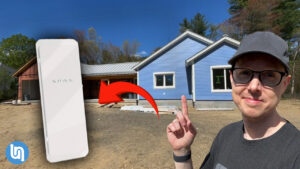
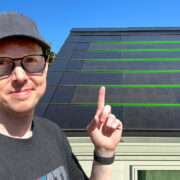
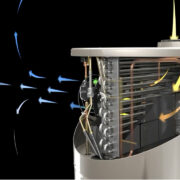

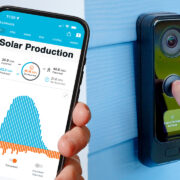
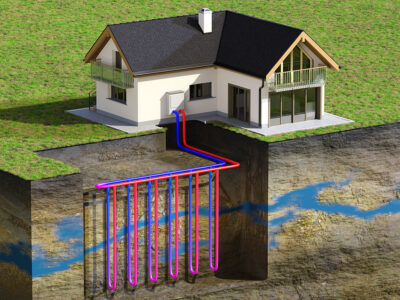

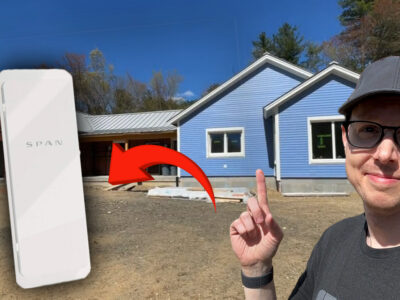



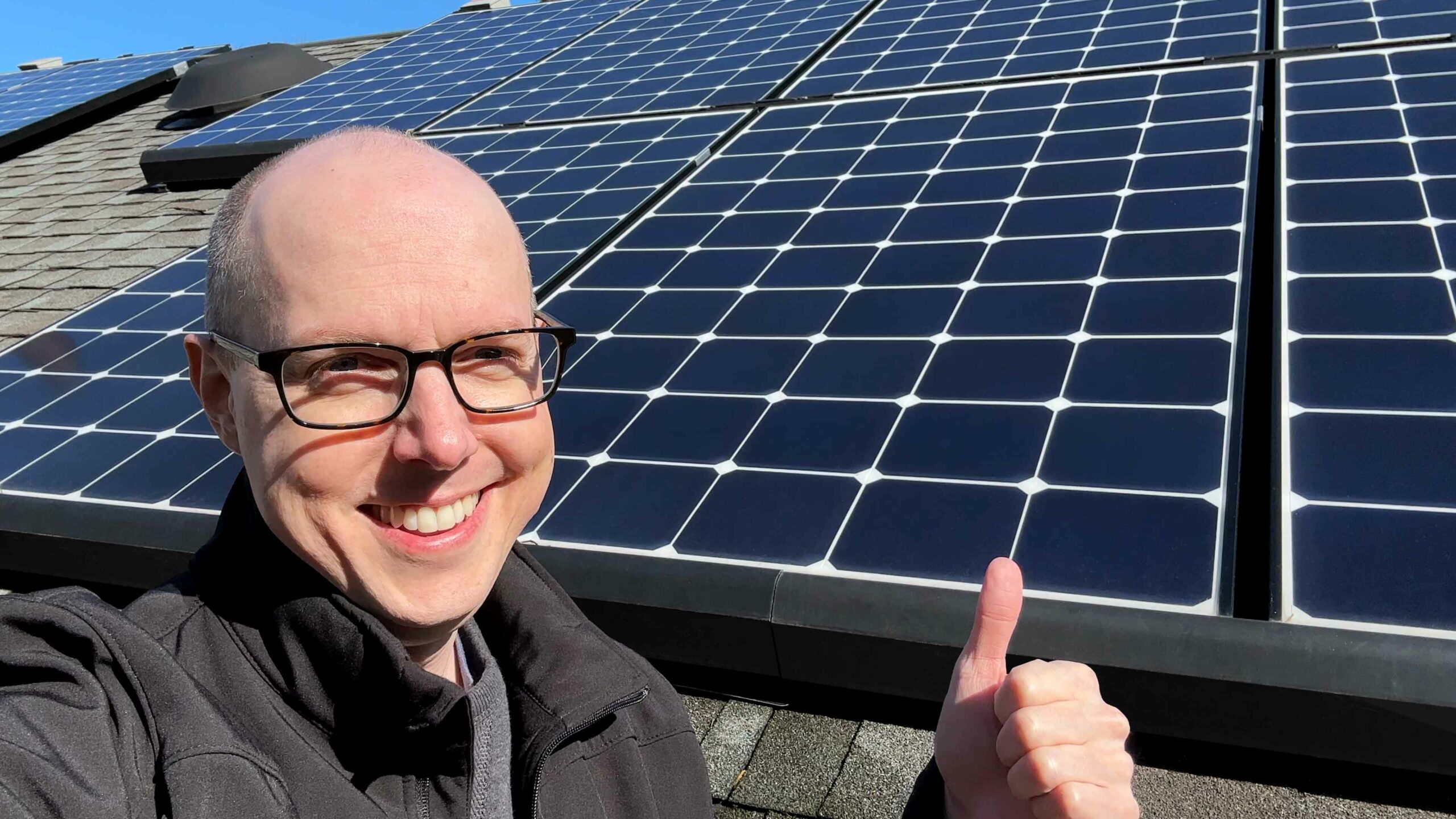


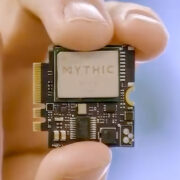

Comments